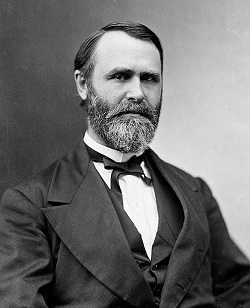
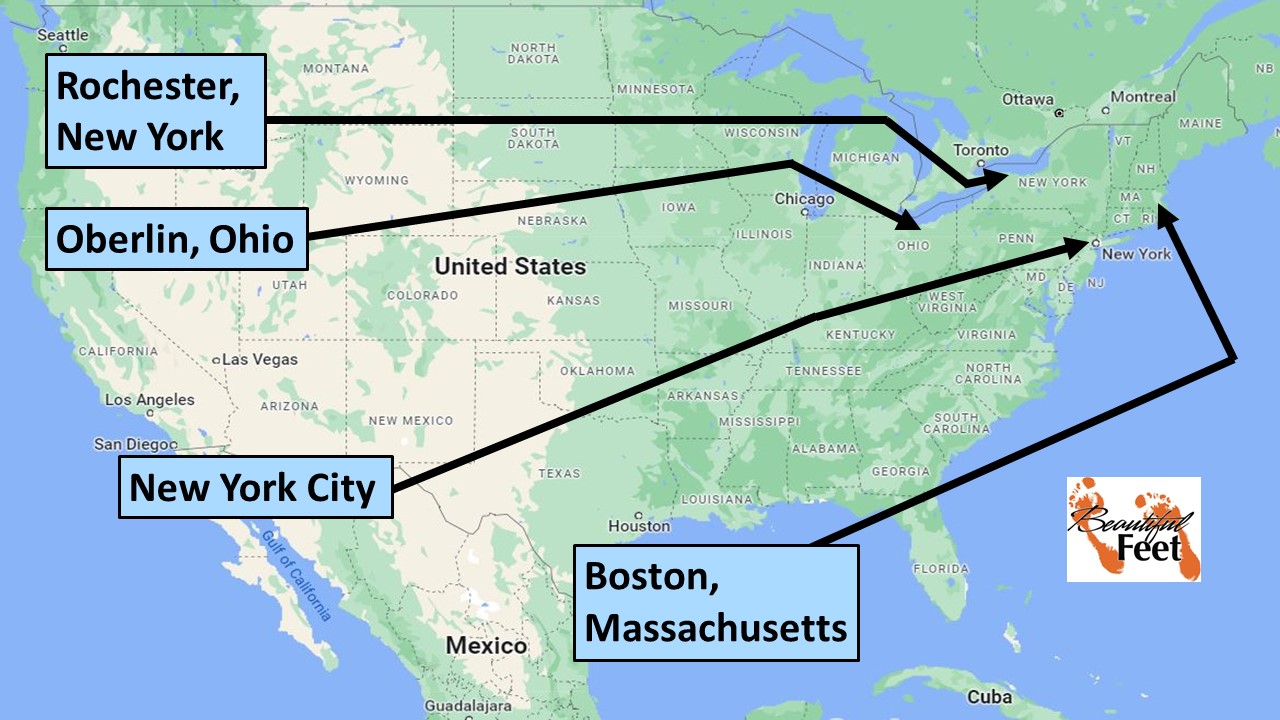
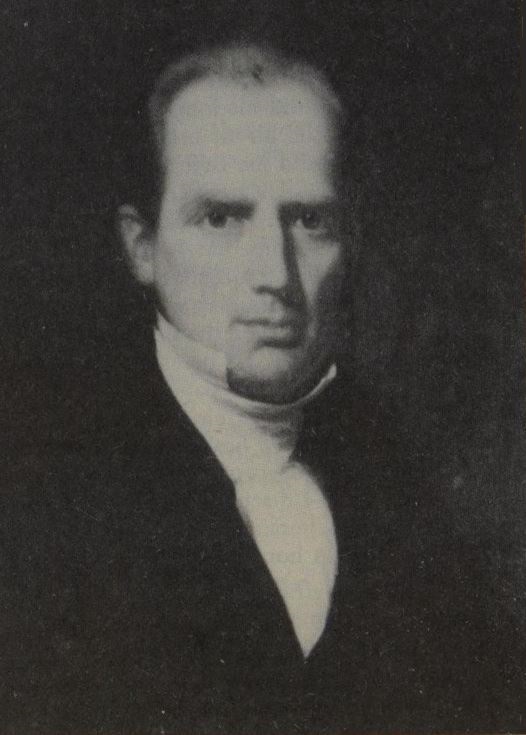
Charles Grandison Finney – Father of modern revivalism and the leading figure of the Second Great Awakening
Introduction
Charles G. Finney’s (1792-1875) unique methods of evangelism earned him the title of the “father of modern revivalism.” His methods paved the way for other mass-evangelists, like Dwight L. Moody, R. A. Torrey, John W. Chapman, Billy Sunday, and Billy Graham, who adapted and built upon Finney’s methods.
Background Information
With this revival account being one in a sequence of revivals during the life of Charles G. Finney, we recommend reading them in chronological order:
► 1824 Evans Mills German Settlement Revival
► 1824 Antwerp, New York Revival
► 1824 Revival at Perch River and Other Locations
► 1825 Revival in Gouverneur, New York
► 1825 Revival in De Kalb, New York
► 1825 Revival in Western, New York
► 1825 Revival in Rome, New York
► 1826 Revival in Utica, New York
► 1826 Revival in Auburn, New York
► 1826-1827 Revival in Troy, New York
► 1827 New Lebanon & Stephentown Revivals
► 1827-1829 Revival at Wilmington and Philadelphia
► 1829 Reading, Pennsylvania Revival
► 1829 Lancaster, Pennsylvania Revival
► 1829 Columbia, New York Revival
► 1830 New York City Revival
► 1830-1831 Rochester, New York Revival
► 1831 Revivals in Auburn, Buffalo, Providence, & Boston
► 1832 New York City Revival
► 1835-1840 Revivals in Oberlin, Ohio
► 1841-1842 Boston & Providence Revivals
► 1842 Rochester Revival
From Rochester to Oberlin
After finishing his work during the 1842 Rochester, New York Revival, Finney returned to Oberlin, Ohio, where he continued his work as Professor of Theology at the Oberlin Collegiate Institute, as well as pastor of the First Congregational Church in Oberlin.
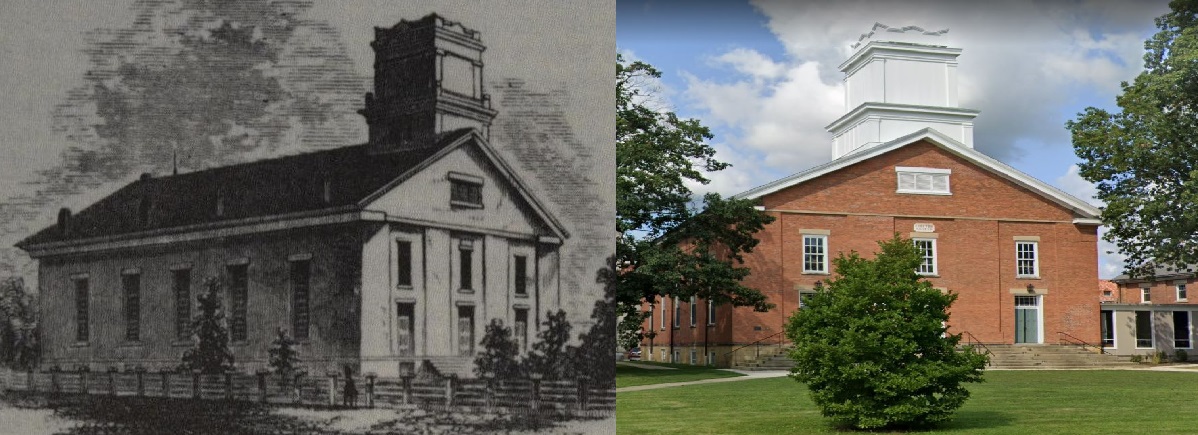
First Congregational Church in Oberlin, Ohio: then and now (relatively the same)
Continuous Revival at Oberlin
Upon Finney’s arrival in Oberlin there was a reviving that took place among the students, with a “considerable number of conversions occurring every week, and almost daily through the summer.”
In July of that summer, on a Sunday, Finney preached on the text: “Then shall ye seek me and shall find me, when ye search for me with all your heart” (Jeremiah 29:13).
That sermon made such an impression that the students found that on Monday morning they were unable to continue their classes as normal, and they all reverted to prayer. The emotions became intense for a few days. The number of conversions multiplied. This occurrence left a “spirit of prayer” resting on Oberlin College through the summer.

View of Oberlin College in 1847, with the First Congregational Church on the right
In the “Religious History of Oberlin” we read a little more about the revival that hit Oberlin that summer:
It came, not like the gentle dew, nor indeed as when the ordinary showers of summer refresh us, but more as when a water-spout breaks above us, and suddenly we find ourselves immersed in the floods of great waters…
Prayer meetings were kept up all the vacant hours of the day and evening, and in every direction from the fields and forests around were heard voices of prayer all the ensuing night.
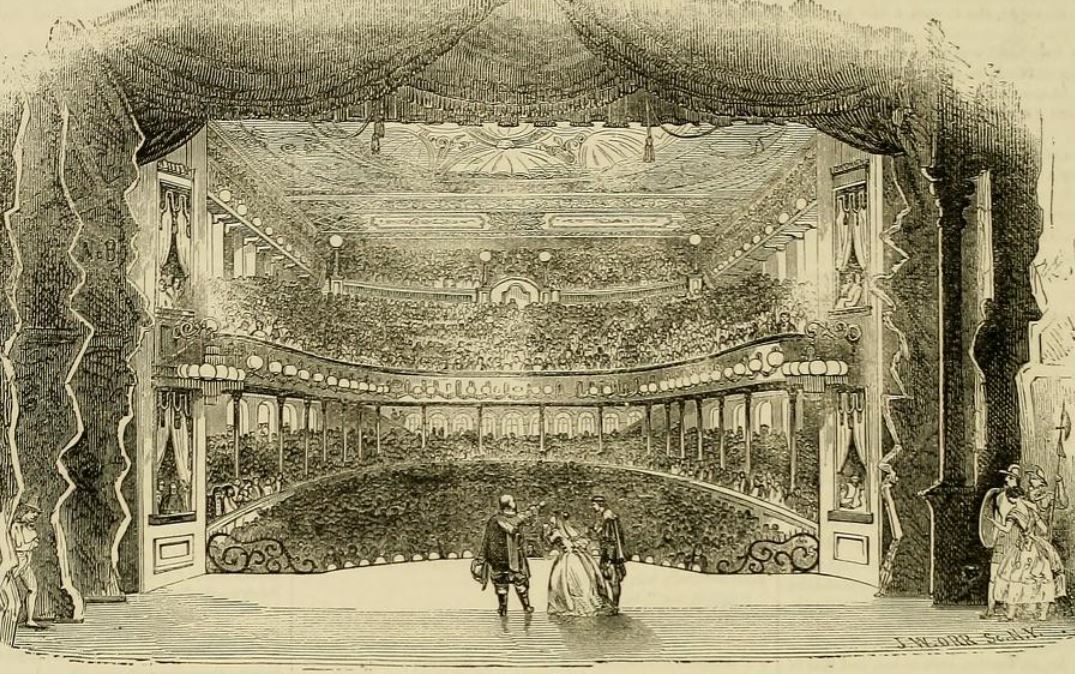
Niblo’s Garden, New York City, 1853
From Oberlin to New York City
Prior to Finney arriving in New York City, Niblo’s Garden was rented for six months, from November till the end of March 1843. Finney began his first sermon there, on Sunday, November 6, 1842, and stayed for three months, returning to Oberlin on February 13, 1843.
Even after Finney’s departure, the theater remained in use for revival services till the end of March 1843.
Finney’s Sermons in New York
While preaching, Finney’s words had an extraordinary captivating power accompanying them, as illustrated by one stenographer’s incapacity to focus on his writing:
He succeeded very well for fifteen or twenty minutes, but when Mr. Finney began to warm up, and his words began to glow with feeling, he forgot entirely what he was there for and sat, with idle pencil, in open-mouth astonishment.
Conversions from the Region
People flocked to the services from all areas, and there were “many very interesting cases of conversion.”
Notable Convert
At 15 years of age, Jacob Dolson Cox, Jr. was present during one of Finney’s services, and he heard him preach the sermon titled: How shall we escape if we neglect so great a salvation? (Hebrews 2:3).
When Finney presented the invitation for people to make a profession of their faith in Christ, and come to the front and have a seat (anxious seat), Finney described Cox’s behavior with these words:
While others were making their way slowly through the crowds in the aisle, I observed a young man coming across from a remote part of the house stepping on the tops of the slips [backs of the pews]. He had a very earnest look, and I was at the time quite impressed by the alacrity with which he came forward, stepping on the backs of the seats.
Later, Cox indicated that “if he remained in his seat one minute his soul would be lost.” Another man, present at that time wrote of what he witnessed in Cox:
His emotions were so great when he got there [front of the sanctuary] that he could not speak, nor even give his name. It was Jacob D. Cox.
Cox eventually attended Oberlin College, married Finney’s daughter Helen, had extensive military service during the Civil War, and had a significant political career, rising to become Governor of Ohio, and then Secretary of the Interior under President Ulysses S. Grant.
Departing New York City for Oberlin
Finney left New York on February 13, 1843, and arrived in Oberlin by March 1. During Finney’s travels between New York and Oberlin, he said that he found that:
Continuous revival was prevailing through almost every town between here and New York. I hardly stopped at a place as we journeyed on the stage without learning that they were holding daily meetings for prayer, and that they were in the midst of a powerful revival.
Finney pointed out that the revival which commenced in Rochester in 1842 had spread throughout the region surrounding that city, and even went as far as Ohio. With the other 1842 revivals occurring in Boston and Providence, revival was extensively spread throughout the northern states.
Staggering Growth of the Methodists
The revivals of 1842-1843 brought a huge harvest for all denominations, especially the Methodists. In those two years the Methodists added over 250,000 members to their churches. That was a growth of 30%. Following these years, the momentum of the Second Great Awakening started to decrease significantly.

From Oberlin to Boston
In the fall of 1843 Finney was invited to Boston and arrived there in late October. He began preaching at the Marlborough Chapel on Sunday, October 29. That was the same church he preached at during the 1841-1842 Boston Revival.
Results of the Boston Revival
Finney said he could not give a number of the converts from that revival, only that “they must have been upon the whole numerous, as I was visited in my room almost constantly from day to day by inquirers from different parts of the city.”
Hindrance to the Boston Revival—the Millerite Movement
While in Boston, Finney spoke with William Miller, the Baptist minister that had the city (and nation) filled with erroneous excitement about the 2nd Coming of Christ. Miller had predicted the return of Jesus on October 22, 1844. Finney was unable to persuade Miller of his errors, and when his prophetic predictions failed, it led to the Great Disappointment—the disillusionment and falling away of tens of thousands of Christians—thus bringing an end to the already fading Second Great Awakening.
A Second Hindrance to the Boston Revival
The teachings from the Universalists and Unitarians prevented Finney from taking it for granted that the Bible could be used to persuade them. He had to work to rebuild those foundations if he was to make any progress.
Finney said that it was:
Extremely difficult to make religious truths lodge in their minds, because the Unitarian teaching has been to lead them to call into question all the principal doctrines of the Bible.
Finney Revival Account List
Access all accounts of Finney’s revivals using this link.
Primary Sources
► Chapter XXVII Oberlin, New York City and Boston Revivals: The Memoirs of Charles G. Finney by Charles G. Finney
► The Memoirs of Charles G. Finney: The Complete Restored Text by Charles G. Finney
► Prevailing Prayer by Charles G. Finney
Secondary Sources
► Charles G. Finney by Wikipedia
► Charles Grandison Finney & the Second Phase of the Second Great Awakening by Christian History Institute
► Great Revivals and the Great Republic by Warren Candler
► Man of Like Passions: The Life Story of Charles Grandison Finney by Richard E. Day
► Memoirs of Revivals of Religion by Charles G. Finney
► Moral System and the Atonement by Samuel Davies Cochran
Return to List of Revival Stories
Chet & Phyllis Swearingen:
Office: (260) 920-8248
romans1015@outlook.com
Beautiful Feet
P.O. Box 915
Auburn, IN 46706

